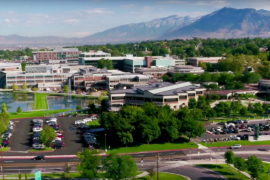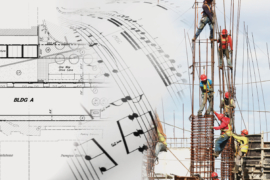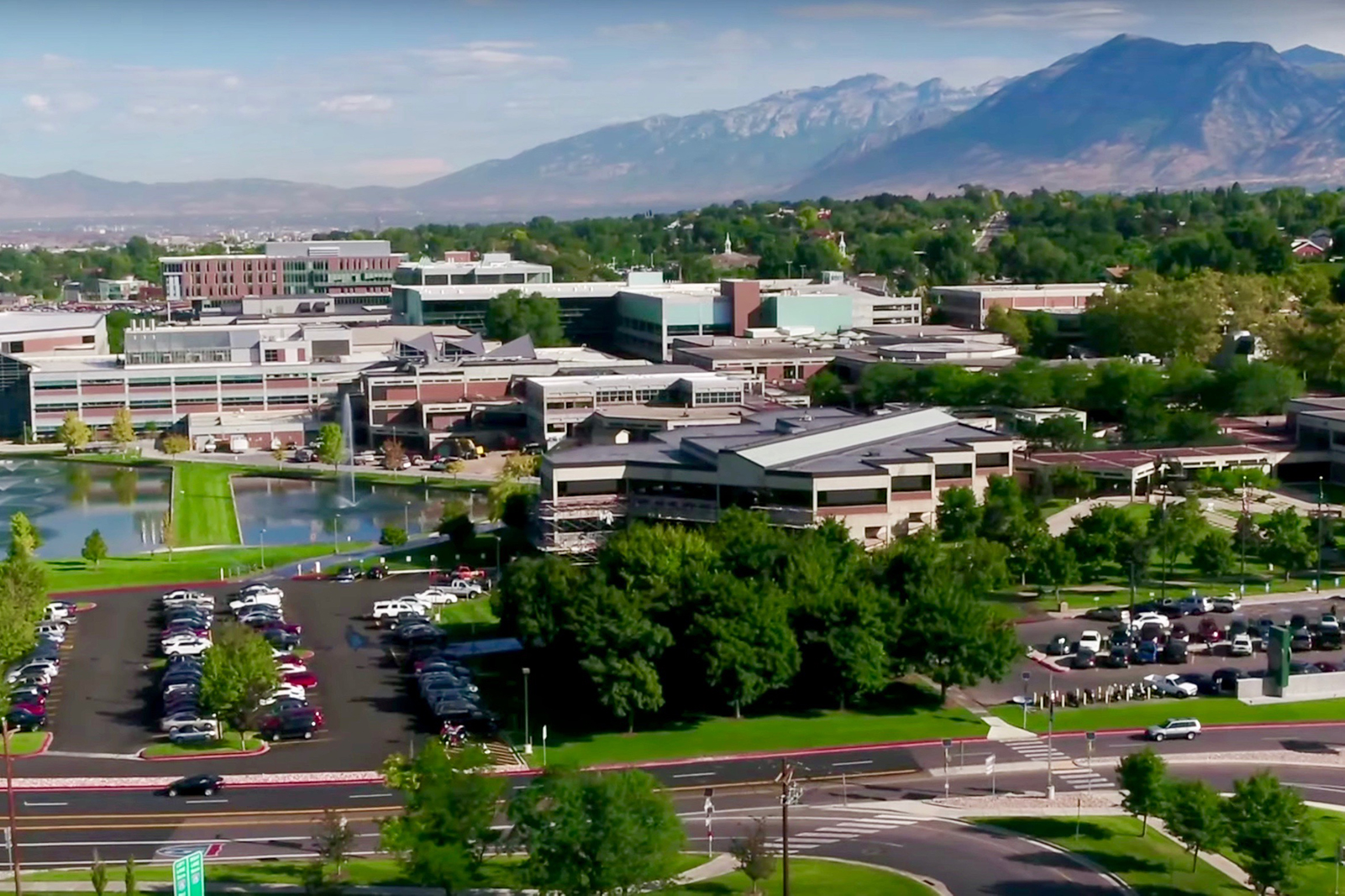Call me crazy, but I love logistics. I love the opportunity each new project brings and the challenges that come along with those projects. As Senior Construction Manager, I sometimes feel like I’m the conductor of a grand musical ensemble or orchestra, coordinating all the movements of the different instrumental groups to eventually reach the final crescendo of opening the new project.
Most sites in the urban-infill are extremely tight with no room to move or stage. Being creative and thinking beyond normal construction processes are key to building in the urban-infill and suburban core environments PEG loves to play in. These types of properties are not for the feeble-minded or weak-hearted. PEG currently has multiple buildings in such small areas, where we’re working closely with design teams to utilize every square foot of the properties. With that thought process, we create our own challenges, but this, my friends, is where the fun begins.
To understand the importance of logistics in construction, we need to first understand the definition of logistics: Logistics is the planning, scheduling, execution, control of procurement, transporting, stationing of workers, materials, and other resources to achieve the goals of a construction project. Our ensemble of all these elements must be able to flow smoothly so productivity is high, the teams are successful, projects come in on time, and all members are profitable. The absence of a logistical plan, and the inability to create and live by a well-built schedule for a construction project, can lead to the formation of bottlenecks that will place a stranglehold on any project.
There are two elements I believe are most critical to having a successful game plan in the art of logistics: scheduling and communication.
Scheduling. In my experience, the ability to expertly schedule a project from design through construction is the heartbeat that keeps a project flowing. When general contractors build the plan, work the plan, live the plan day-to-day, and get complete buy-off from their subcontractors to make the plan work, unforeseen conditions can be wisely adjusted on the fly.
Where do unforeseen conditions come from? Weather delays, labor and manpower issues, manufacturing of product, unforeseen site conditions, delays in shipping of materials to the site, city and county permitting, and primary utilities can all play a role in delays on a construction site. Sequencing of tasks from procurement, excavation, utilities, concrete, framing, exterior wall finishes, and site completion, if not done correctly, may become stumbling blocks that keep us from having a successful project. For example, on tight sites such as our Paperbox Lofts project in downtown Salt Lake City, we have little to no lay-down area due to the size of the site. We have three buildings in such proximity that there is only enough space for one drive lane. Creative thinking with the schedule has pushed us to panel our walls off site and bring walls into the site “just in time” to install one floor at a time going from truck to install. Steel install for each building goes from truck to install, one area at a time. The flow of traffic on and off the site is limited and directly controlled.
Communication. Masterful communication is the second element of a successful logistics plan. Constant communication is a vital aspect of building a successful team and project. PEG has processes in place to ensure that all information flows seamlessly between all members of our ensemble. Our ensemble team consists of the owner, architect, engineers, vendors, general contractors, and subcontractors. Information interchanged from the top-down plays an important role in creating a cost-effective and active logistics management process.
PEG relies on construction managers to provide experience and leadership to ensure tasks are completed and transferred from one point to another seamlessly and with no delay. A simple process used with my teams is to be sure there is clear, concise communication of what is required, to confirm with all members of the team that they understand the message, and to constantly follow up to be sure schedules are met. A favorite saying of mine is, “Trust, but verify and follow up often.”
With mutual respect, hard work, meticulous scheduling, and clear communication, commercial real estate development professionals should never fear logistical challenges. Instead, they should get creative and embrace the opportunity to orchestrate and conduct a masterful ensemble within their organizations and build stronger projects as a result.
















